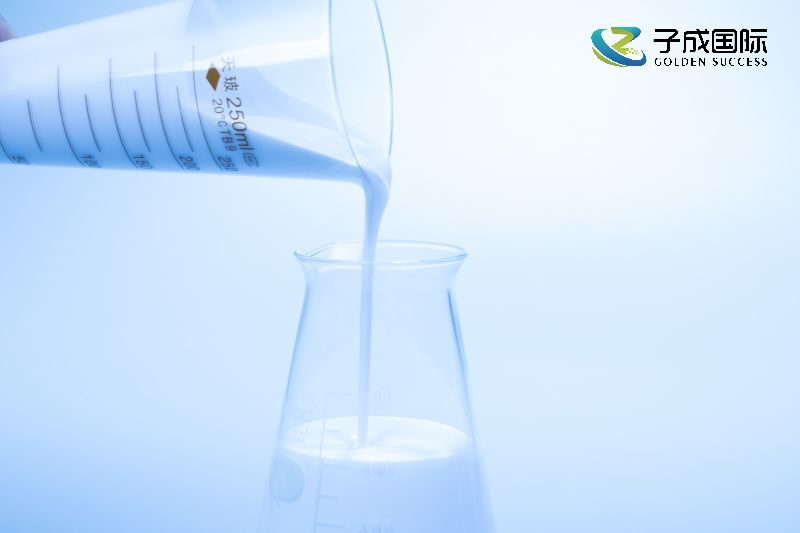In the art of textile printing and dyeing, wetting agents play an indispensable role and contribute significant strength to this complex and delicate process. Wetting agents, through their unique molecular structure, can effectively reduce the surface tension of water, making it easier for water molecules to penetrate into the interior of fibers. The ability to regulate surface tension is the basis for wetting agents to play a role in textile printing and dyeing processes. In the process of textile printing and dyeing, wetting agents can significantly improve the permeability and adsorption of dyes and auxiliary agents on the fiber surface. This not only allows the dye to penetrate more evenly into the fibers, but also improves the efficiency and quality of dyeing.

Wetting agents can improve the interfacial wetting performance between liquids and solids (such as fibers and dye solutions), making it easier for liquids to spread on solid surfaces. This helps to reduce unevenness in the printing and dyeing process and improve the overall quality of the product.
During the dyeing process, wetting agents can accelerate the adsorption and diffusion speed of dyes on fibers, allowing dyes to penetrate into the fibers more quickly. This not only shortens the dyeing time, but also improves the uniformity and depth of dyeing, thereby enhancing dyeing efficiency and product quality.
In the printing process, wetting agents can help dyes and auxiliary agents in the printing paste better penetrate into the fibers, improving the clarity, color saturation, and stability of the printing effect. Meanwhile, wetting agents can also reduce uneven penetration during the printing process, making the printed patterns more exquisite.
Wetting agents can improve the softness, elasticity, and hand feel of textiles during the post finishing process. By adding an appropriate amount of wetting agent, textiles can be processed more smoothly during cutting, ironing, and other processes, while improving the overall comfort and durability of the product.
The application of wetting agents can significantly improve the production efficiency and quality stability of textile printing and dyeing processes, thereby reducing production costs and improving economic benefits. In addition, wetting agents also have the characteristic of good environmental performance, which helps to reduce wastewater discharge and environmental pollution during the printing and dyeing process.
In summary, wetting agents play a crucial role in textile printing and dyeing processes. It can not only adjust surface tension, enhance permeability, promote interface wetting, but also improve dyeing efficiency and quality, improve printing effect, optimize finishing process, and enhance production efficiency and economic benefits. Therefore, the widespread use of wetting agents in the textile printing and dyeing industry is one of the important ways to improve product quality and market competitiveness.

 English
English
 Chinese
Chinese Vietnamese
Vietnamese
 HOME
HOME
 PRODUCT
PRODUCT
 NEWS
NEWS
 CONTACT
CONTACT


